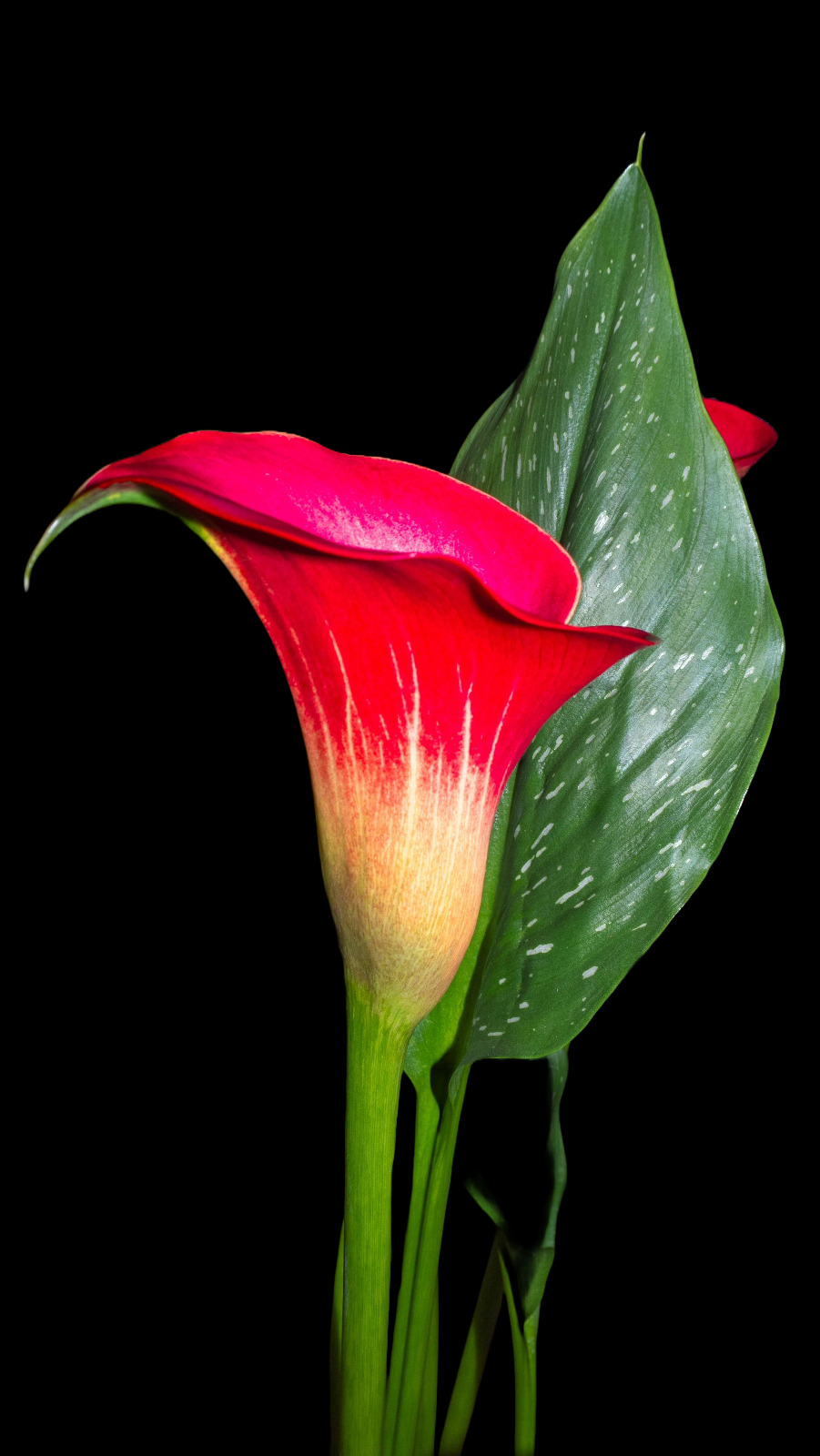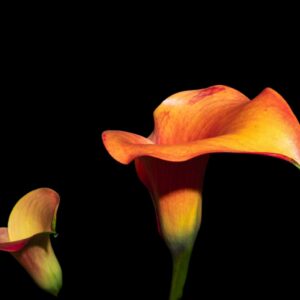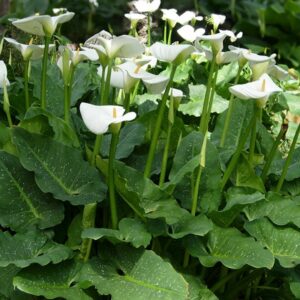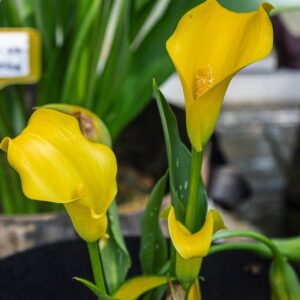Your cart is currently empty!
Callalily Bulbs: A Comprehensive Guide to Planting, Growing, and Enjoying

Introduction
Callalily bulbs, renowned for their breathtaking blooms and vibrant colors, are a captivating addition to any garden. Their trumpet-shaped flowers, resembling those of calla lilies, brighten up landscapes with their elegance and grace. Whether you’re a seasoned gardener or just starting your horticultural journey, understanding the unique characteristics and cultivation practices of callalily bulbs is crucial for unlocking their full potential. This comprehensive guide will provide all the essential information you need to plant, grow, and enjoy these captivating flowers.
Choosing the Right Bulbs
Varieties
Callalily bulbs come in a diverse range of varieties, each boasting distinct sizes, colors, and bloom times. Some popular varieties include:
- Giant Calla: Tall and majestic, producing blooms in shades of yellow, orange, and deep red.
- Mini Calla: Smaller and more compact, with charming bell-shaped flowers in an array of colors.
- Spotted Calla: Unique with spotted or speckled foliage that adds visual interest.
- Fragrant Calla: Emits a delightful fragrance, enhancing the sensory experience.
Size and Health
When selecting callalily bulbs, opt for firm and plump specimens free from blemishes, bruises, or cracks. The larger the bulb, the more vigorous the growth and the abundance of blooms. Choose bulbs that are approximately 1-2 inches in diameter.
Planting Callalily Bulbs
Timing
Callalily bulbs can be planted in the fall or spring, depending on your climate. In warmer zones, fall planting (October-November) allows for earlier blooms in spring. In colder regions, spring planting (March-April) is preferred to avoid frost damage.
Location and Soil
Callalies thrive in full sun to partial shade locations with well-drained soil. Amend the soil with organic matter such as compost or peat moss to improve fertility and drainage.
Depth and Spacing
Plant callalily bulbs 2-3 inches deep and 6-8 inches apart. Place the pointy end of the bulb facing up.
Growing Callalily Bulbs
Watering
Water callalies regularly, especially during the growing season. Allow the soil to dry out slightly between waterings to prevent rot.
Fertilizing
Feed callalies monthly with a balanced liquid fertilizer during the growing season. Avoid over-fertilizing, as this can damage the bulbs.
Support
Taller varieties may require staking or support to prevent them from toppling over.
Harvesting Callalily Blooms
Callalily blooms typically last for several weeks and can be harvested for indoor arrangements. To harvest, gently cut the stem at the base of the flower.
Aftercare
Deadheading
Deadhead spent blooms by cutting the flower stem back to the foliage. This encourages new blooms and prevents the plant from putting energy into seed production.
Foliage Removal
In fall, once the foliage has died back, cut it down to ground level. This helps prevent disease and keeps the garden tidy.
Storage
Callalily bulbs can be stored in a cool, dry place over the winter. Remove any excess soil and place the bulbs in a paper bag or cardboard box.
Troubleshooting
Common Problems
- Yellowing Leaves: Overwatering, nutrient deficiencies, or pests.
- Brown Tips on Leaves: Underwatering or low humidity.
- Lack of Blooms: Not enough sunlight, improper fertilization, or planting too deeply.
- Bulbs Not Sprouting: Damaged bulbs, improper planting depth, or lack of moisture.
Pests and Diseases
- Aphids: Small, sap-sucking insects that can stunt growth.
- Slugs and Snails: Chews on foliage and flowers, leaving behind holes.
- Botrytis Blight: A fungal disease that causes gray mold on flowers and foliage.
FAQs
- How long does it take for callalily bulbs to bloom?
- 6-8 weeks after planting.
- Can callalily bulbs be planted in pots?
- Yes, but choose a container with good drainage and ensure the bulbs get adequate sunlight.
- How often should callalies be fertilized?
- Monthly during the growing season.
- Are callalily bulbs edible?
- No, all parts of the callalily plant are toxic to humans and animals.
Conclusion
Callalily bulbs are a captivating addition to any garden, offering a vibrant array of colors and elegant trumpet-shaped blooms. By carefully selecting, planting, and caring for these bulbs, you can enjoy their beauty for seasons to come. Remember to provide adequate sunlight, well-drained soil, and regular watering and fertilization. With the right care and attention, callalies will reward you with a breathtaking display of color and grace.








Leave a Reply